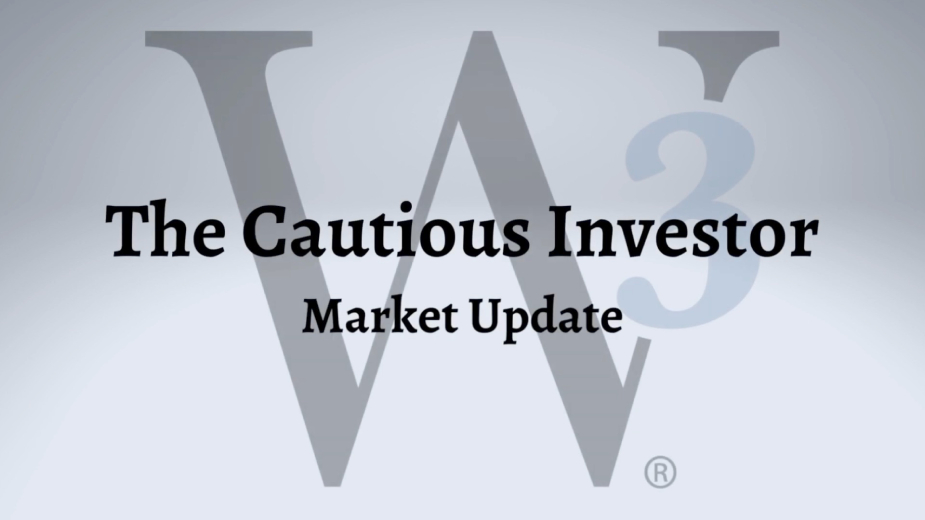What Is ESG Investing?
By Jean Marie Daley, CFP®
YOUNGSTOWN, Ohio – Many investors have the desire to reflect their morals in the way they invest. This demand led to the development of criteria to measure how investments or companies perform in certain categories. These metrics are known by the main categories that are considered- ESG, or Environmental, Social, and Governance factors. Environmental factors look at the conservation of the natural world, social factors examine the treatment of people both inside and outside the company and governance factors consider how a company is run. Analyzing how companies score in these categories gives investors the ability to screen out companies they do not want to support.
There is no one exhaustive list of ESG metrics. ESG factors are often interlinked, so it can be tricky to classify an ESG issue as only an environmental, social, or governance issue. These ESG factors can often be measured (e.g., what the employee turnover for a company is), but it can be difficult to assign them a monetary value (e.g., what the cost of employee turnover for a company is). Some examples of environmental factors measured are deforestation, waste management and air and water pollution. For social, they may look at labor standards and gender and diversity. For governance, executive compensation and political contributions may be considered.
A 2019 white paper produced by the Morgan Stanley Institute for Sustainable Investing compared the performance of sustainable funds with their traditional counterparts and found that from 2004 to 2018, the total returns of sustainable mutual and exchange-traded funds were similar to those of traditional funds. Other studies have even found that ESG investments can outperform conventional ones.
The same Morgan Stanley study found that sustainable funds consistently showed a lower downside risk than traditional funds, regardless of asset class. The study found that during turbulent markets, such as in 2008, 2009, 2015 and 2018, traditional funds had significantly larger downside deviation than sustainable funds, meaning traditional funds had a higher potential for loss.
Ultimately what ESG investing offers is control to the end investor, which is apparently attractive. According to the US SIF Foundation’s 2020 trends report, U.S. assets under management using ESG strategies grew to $17.1 trillion at the beginning of 2020, which is a 42% increase from $12 trillion at the beginning of 2018. If this is something that may interest you, contact your financial advisor to see what options may suit your needs.
Certified Financial Planner Board of Standards, Inc. (CFP Board) owns the CFP® certification mark, the CERTIFIED FINANCIAL PLANNER™ certification mark, and the CFP® certification mark (with plaque design) logo in the United States, which it authorizes use of by individuals who successfully complete CFP Board’s initial and ongoing certification requirements.
Fee-Based Planning offered through W3 Wealth Advisors, LLC – a State Registered Investment Advisor – Third Party Money Management offered through Valmark Advisers, Inc. a SEC Registered Investment Advisor – Securities offered through Valmark Securities, Inc. Member FINRA, SIPC – 130 Springside Drive, Suite 300 Akron, Ohio 44333-2431 * 1-800-765-5201 – W3 Wealth Management, LLC and W3 Wealth Advisors, LLC are separate entities from Valmark Securities, Inc. and Valmark Advisers, Inc.
This material has been prepared for informational purposes only, and is not intended to provide, and should not be relied on for, accounting, legal or tax advice. The services of an appropriate professional should be sought regarding your individual situation.
Copyright 2024 The Business Journal, Youngstown, Ohio.



